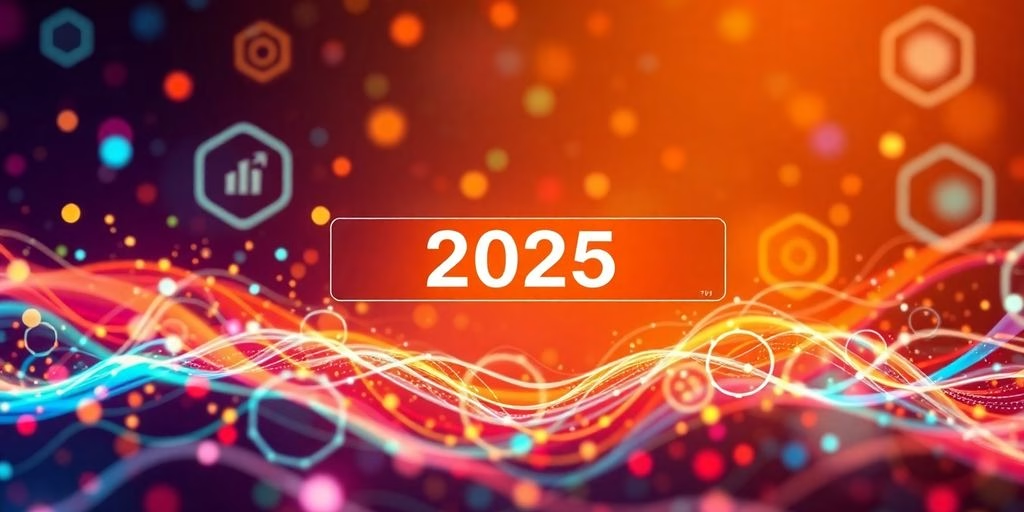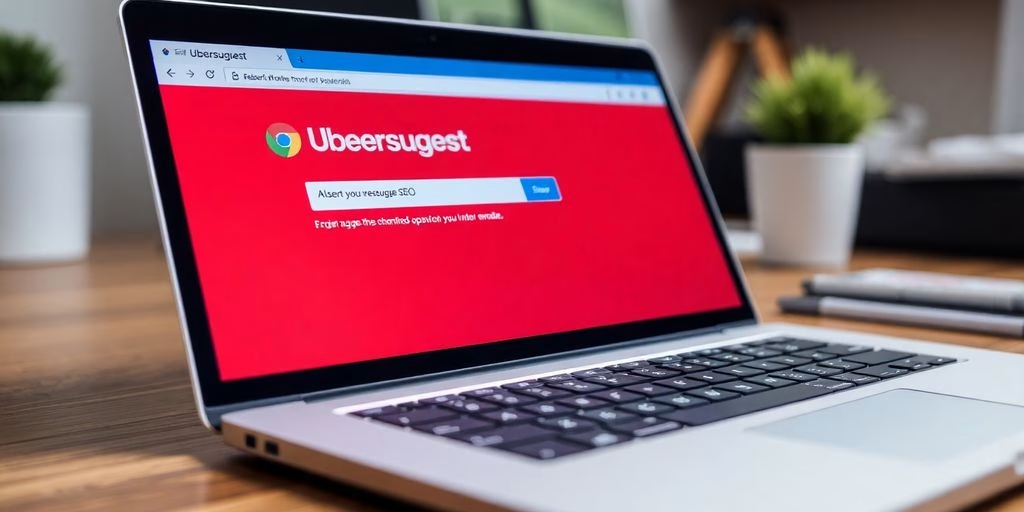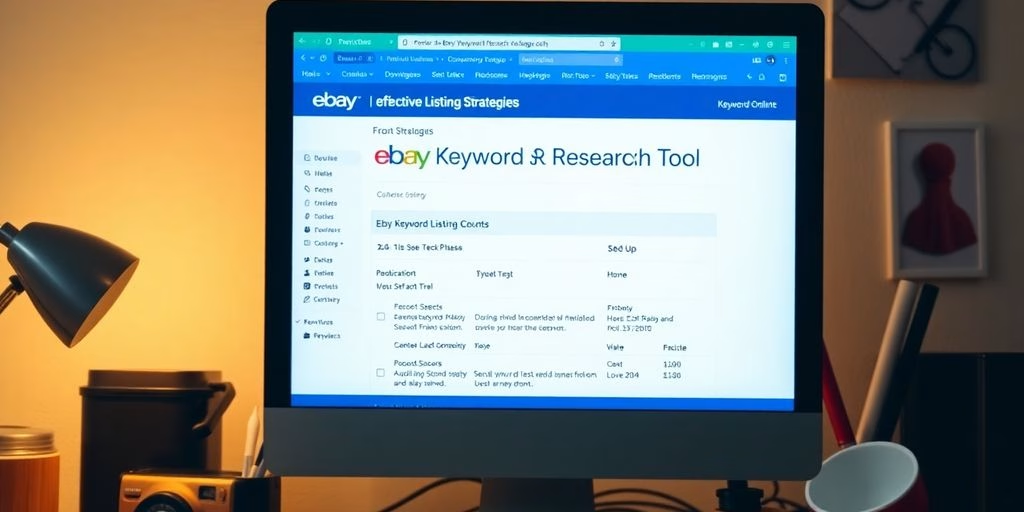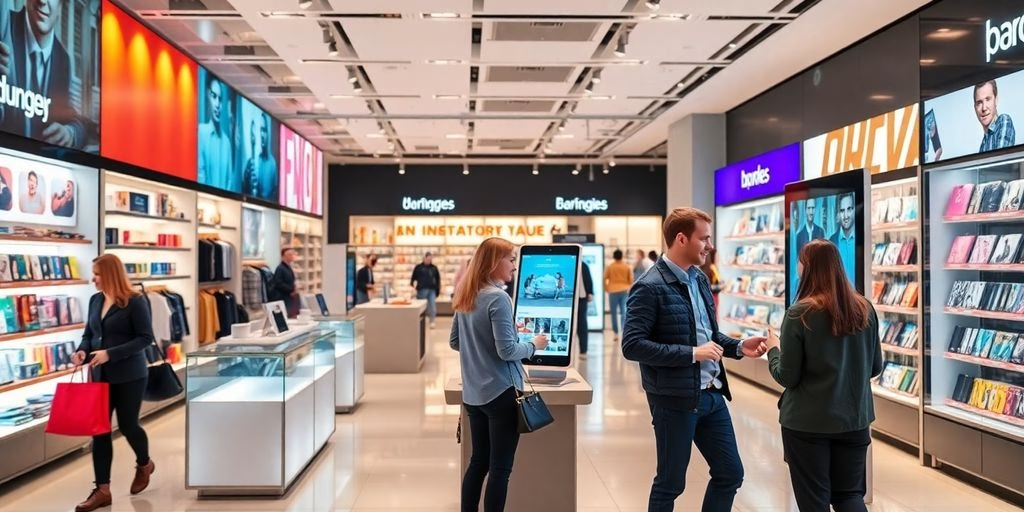In the visually-driven realm of the internet, images play a pivotal role in enhancing user experience and strengthening the SEO of a website. To capitalize on the power of visual content, it is essential to optimize images for search engines. This not only improves site visibility but also drives organic traffic and enriches the user’s journey. Let’s delve into the top 5 essential image SEO strategies that will significantly boost your online presence.
Daftar Isi
BeralihKey Takeaways on Image SEO
- Descriptive file names for images are crucial for SEO as they provide context and improve the chances of appearing in search results.
- Alt tags and captions are essential for image accessibility and relevance, assisting search engines in understanding and indexing content.
- Creating image sitemaps facilitates the discovery of images by search engines, enhancing the visibility of your visual content.
- Responsive images ensure an optimal user experience across various devices, contributing to better engagement and SEO performance.
- Image compression is key to reducing page load times, which is a critical factor for SEO and user retention.
1. Image SEO: Descriptive File Names

Let’s face it, a picture may be worth a thousand words, but if its file name is ‘IMG_1234.jpg’, it’s practically invisible to search engines. Descriptive file names are your images’ first handshake with Google, and you want to make a good impression. By using clear, keyword-rich file names, you’re helping search engines understand and mengkategorikan your images, which can lead to better visibility in search results.
Remember, your image file name is like a whisper in the ear of the search engine; make it count.
Here’s a quick rundown on how to name your images for SEO success:
- Choose relevant, descriptive names that paint a picture of the image content.
- Include keywords that resonate with the image and your content, but avoid stuffing.
- Separate words with hyphens, not underscores, to ensure search engines read them correctly.
- Keep it short and sweet, but not so cryptic that it loses meaning.
For instance, if you’re a wedding photographer, instead of ‘DSC_001.jpg’, go for ‘beach-wedding-sunset-kiss.jpg’. It’s not just about being found; it’s about being found relevant.
2. Image SEO: Alt Tags and Captions

When it comes to the art of SEO, alt tags and captions are like the secret spices that make your images stand out in the digital cookbook. Alt tags, or alternative text, are the invisible sous-chefs that whisper descriptions to search engines and screen readers, ensuring that your visual content is both accessible and deliciously keyword-rich. Remember to use hyphens or underscores to separate words within the alt text, as this small touch can significantly improve your image’s SEO seasoning.
Captions, on the other hand, are the visible garnish that adds context to the image feast on your page. They should be concise yet flavorful, sprinkled with kata kunci yang relevan that complement the image and the content it accompanies. Together, alt tags and captions create a full-flavored experience that satisfies both user accessibility and search engine appetites.
By meticulously crafting your alt tags and captions, you’re not just decorating your site; you’re enhancing its overall findability and user experience.
Here’s a quick checklist to ensure your alt tags and captions are up to snuff:
- Include descriptive, informative text that paints a picture for both users and search engines.
- Sprinkle in relevant kata kunci without overstuffing—think of them as a pinch of salt, not the whole shaker.
- Use hyphens or underscores to separate words in your alt text for better readability and SEO impact.
- Keep captions short and sweet, but make sure they add value and context to the image.
3. Image SEO: Sitemaps

Think of an image sitemap as a treasure map, guiding Google’s bots to the visual gold buried within your website. Creating a dedicated image sitemap can significantly boost your images’ chances of being indexed. This is not just about making Google’s life easier (though it certainly does that); it’s about ensuring your images are found in search results, shining in all their pixel-perfect glory.
Here’s a simple guide to get you started:
- Memastikan Up-to-date image information
- Use a sitemap index file if necessary
- Compress sitemap files using gzip for efficiency
Remember, a well-crafted image sitemap is like a VIP pass for your images, giving them direct access to the search engine’s index.
By tailoring your sitemap to include all your website’s images, you’re not just ticking a box for SEO best practices; you’re paving a superhighway for search engines to find and flaunt your visual content. And if images are a key player in your online strategy, this isn’t just a recommendation—it’s a must-do!
4. Image SEO: Responsive Images

Dalam bidang image SEO, size truly does matter, but not in the way you might think. Responsive images adapt to different screen sizes, ensuring that your visuals look sharp on any device. This isn’t just about aesthetics; it’s about pengalaman pengguna and page load times, which are critical factors for SEO.
- Gunakan
srcsetto offer multiple image resolutions - Define image sizes in your CSS to maintain aspect ratios
- Employ lazy loading to improve page speed
Remember, a picture may be worth a thousand words, but a slow-loading image could cost you a thousand visitors.
By embracing responsive design, you’re not just making your site look good; you’re also enhancing its performance. Search engines, like Google, prioritize sites that provide a seamless user experience, which includes how quickly and effectively your images load. So, make sure your images are not just seen, but also felt in the swift navigation of your site.
5. Image SEO: Compression

In the quest for a snappy website, image compression is your secret weapon. Think of it as a digital diet for your pictures—trimming the excess bytes without losing the visual feast. By compressing images, you’re not just speeding up page load times; you’re also improving user experience and SEO rankings.
Image formats like jpg, jpeg, png, webp, or avif are not just alphabet soup; they’re choices that can make or break your site’s performance. Next-gen formats such as WEBP and AVIF are the lean, mean, compression machines of the image world. They pack a punch in quality while keeping file sizes down to a whisper.
Here’s a simple checklist to ensure your images are as lightweight as they can be:
- Use online tools like TinyPNG or JPEGmini for quick compression.
- Consider next-gen formats for better compression without quality loss.
- Run images through compression algorithms before uploading.
- Regularly update your image file formats to keep up with the latest standards.
Remember, a well-compressed image is a fast-loading image, and speed is a luxury your users will thank you for.
In today’s digital world, efficient image compression is crucial for enhancing website performance and improving user experience. By optimizing your images, you can significantly reduce page load times, conserve bandwidth, and maintain high-quality visuals. Don’t let bulky images slow down your online success. Hubungi kami to discover how our expert services can streamline your digital content. Take the first step towards a faster, more efficient website today!
Conclusion: Picture-Perfect SEO Strategies
As we’ve developed our snapshot of the 5 essential image SEO strategies, it’s clear that a picture is worth a thousand clicks. By optimizing your images for SEO, you’re not just painting a prettier website; you’re crafting a digital masterpiece that search engines and users alike will admire. Remember, in the gallery of the internet, your images can be the showstoppers that draw the crowd. So, alt-tag your way to the top, compress files without compressing creativity, and let your site’s visual story captivate and convert. Now, go forth and let your images flash in the limelight of search results!
Pertanyaan Umum
What is Image SEO and why is it important?
Image SEO refers to the process of optimizing images on a website to improve visibility in search engine results, attract organic traffic, and enhance user experience. It’s important because optimized images can boost a site’s SEO ranking, enrich the content, and help draw in more visitors.
How do descriptive file names benefit image SEO?
Descriptive file names help search engines understand the content of an image and how it relates to surrounding text. This can improve the image’s indexation and visibility in search results, leading to more organic traffic.
Why should I use alt tags and captions for images?
Alt tags provide a text alternative for search engines and visually impaired users, while captions give context to all users. Both elements help improve accessibility and SEO, as they allow search engines to better index and understand the content of images.
What is the purpose of an image sitemap?
An image sitemap helps search engines discover images that might not be found through usual crawling processes, ensuring that all the images on your site are indexed and have a chance to appear in image search results.
How do responsive images contribute to SEO?
Responsive images adjust their size based on the user’s device, leading to faster loading times and a better user experience. This can reduce bounce rates and improve SEO as search engines favor websites that provide a good user experience.
Why is image compression necessary for SEO?
Image compression reduces file size without significantly compromising quality, resulting in faster page load times. Since page speed is a ranking factor for SEO, compressed images can contribute to a higher ranking in search results.









































































































